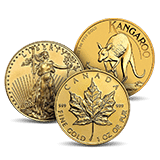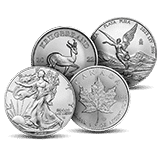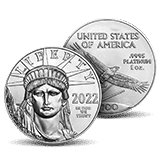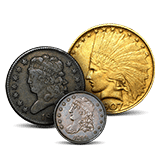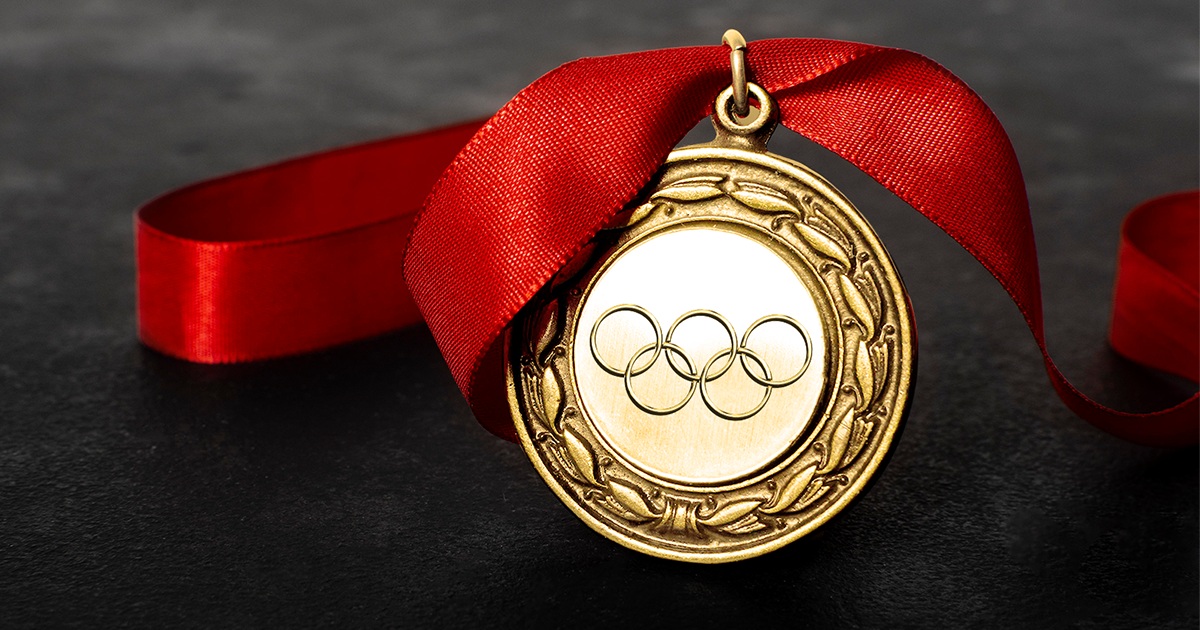
When you think of the Olympic Games and winning the gold medal, what comes to mind? Glory, honor, and a gold medal worth its weight in gold, right? The Olympic gold medal has 6 grams of gold plated around a 92.5% silver medal.
Who Decides the Composition of Olympic Medals?
The International Olympic Committee (IOC) sets the standards for Olympic medals, but the host city determines the design and specific composition of the medals issued to winners.
Standards for Olympic Medals
All Olympic medals awarded to first, second, and third-place athletes must be at least 60 millimeters in diameter and have a thickness of three millimeters. The silver and gold medals must have a composition of 92.5% silver, and the Olympic gold medal must be plated with at least six grams of fine gold.
What Makes the 2024 Paris Olympics Medals Unique?
The medals presented to athletes at the 2024 Paris Olympic Games have a unique twist: they each contain a piece of the original iron from the Eiffel Tower. The Eiffel Tower was built for the 1889 Universal Exhibition from puddle iron, which was made by reducing the carbon levels in cast iron and yielding a pure and strong metal. During 20th century renovations, pieces of the Tower were removed and have been given a second life in Olympic medals.
Design and Composition of 2024 Paris Olympic Games Medals
The 2024 Paris Olympic medals were designed by the French House of Chaumet. The reverse design was based on the hexagon, radiance, and setting used for the Eiffel Tower insert, and the reverse features as much elegance and Parisian influence as the obverse.
Obverse Design of the 2024 Paris Olympic Medals
The obverse shows Nike, the Greek goddess of victory, emerging in the Panathenaic Stadium, where the Olympic Games were revived in 1896. While the Acropolis is generally used as the backdrop, the Paris Olympic Games medals have it mirrored by the Eiffel Tower to represent the Greek and French heritage of the games.
Reverse Design of the 2024 Paris Olympic Medals
The Hexagon
The hexagon is formed from the puddle iron of the Eiffel Tower, which has been stripped of its brown paint and restored to its natural color. This is the center of the medal and is embossed with the Paris Olympic stamp. The Eiffel Tower inserts blend with the gold, silver, and bronze to give the medals a two-tone reverse.
Radiance
Fine lines emerge from the iron hexagon at the center of the medal. These are struck so there is a three-dimensional effect and sparkle as the medal catches and reflects light. This is to represent the radiance of the nation of France and to represent the radiance of the athletes whose performances will sparkle in the eyes of the world.
The Setting
The iron hexagon is fixed to the medal with the claw setting that the House of Chaumet uses for its high-end jewelry. Clous de Paris claws reminiscent of the rivets in the Eiffel Tower are stamped at each of the hexagon’s six corners.
Composition of the Olympic Medals
The gold, silver, and bronze medals from the 2024 Paris Olympic Games were designed by jeweler Chaumet, using an obverse design by Elena Votsi. They are manufactured by the Monnaie de Paris, and in addition to the listed composition, the medals feature an 18 gram Eiffel Tower insert. Each of the top three medals, of which there are 5,084, has a thickness of 9.2 millimeters.
| Medal | Diameter | Composition | Total Weight |
| Gold Medal | 85 millimeters | 6 grams gold, 92.5% silver | 529 grams |
| Silver Medal | 85 millimeters | 92.5% silver | 525 grams |
| Bronze Medal | 85 millimeters | Copper, tin, and zinc | 455 grams |
Do Athletes Sell Medals?
Some athletes have sold their Olympic Medals for charity and other reasons. While the melt value of the medal is short of $1,000, the rarity of these medals can add a robust premium to the selling price. At the time of this writing, there are several Olympic Games medals from previous years available for sale at auction houses with asking prices in the tens of thousands of dollars. That reflects the rarity of these medals. There were 329 medal events in the 2024 Paris Olympics and, ostensibly, 329 Olympic gold medals. Although these are not issued like coins, bullion, or other medallions, if they were, they would have a lower mintage than any regularly issued series.

